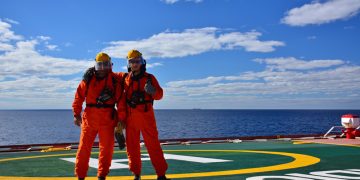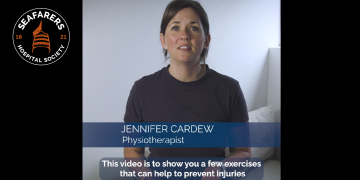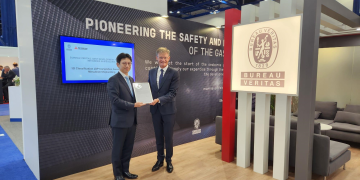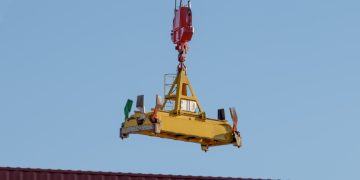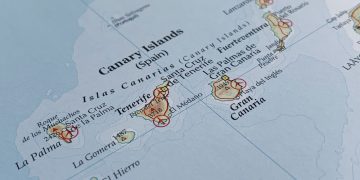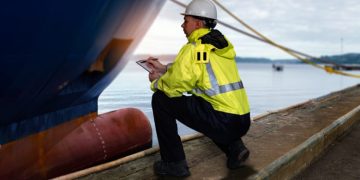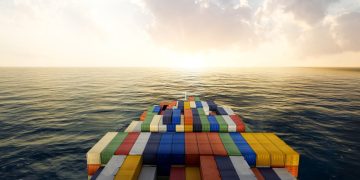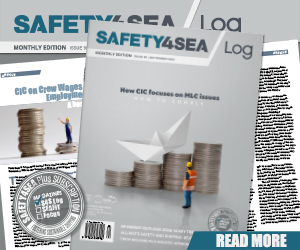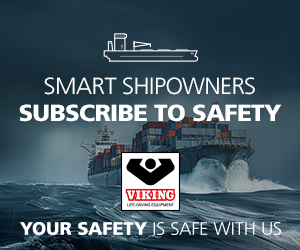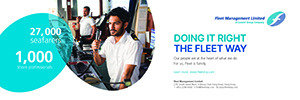Polar shipping guide launched by The Nautical Institute
Guide aimed at seafarers, shipowners and others who are planning to operate in that extreme environm There has been an increase in activity in the polar regions as the maritime and offshore industries respond to global warming and the need to find more sources of energy. However, as author Captain Duke Snider FNI explains, these regions used to be the domain of experienced operators and vessel owners.Captain Snider says: "As global climate change has resulted in an increase interest in shipping in Polar Regions, such a reference gap is of paramount importance. Polar Ship Operations addresses this gap in reference material."The book is laid out to familiarise readers with the geographic, climatological and meteorological aspects of the Arctic and Antarctic, to explain the remoteness of these regions and the lack of support infrastructure. Other chapters cover the physics of ice formation and basics of ice interpretation and reporting, offering help to identify old and glacial ice, the preparation for operating in these regimes and ship handing in polar ice conditions.The book was launched at the 8th annual Arctic Shipping Forum held by Informa in Helsinki, less than two weeks after a report on the development of the Arctic from Lloyd's ...
Read more







